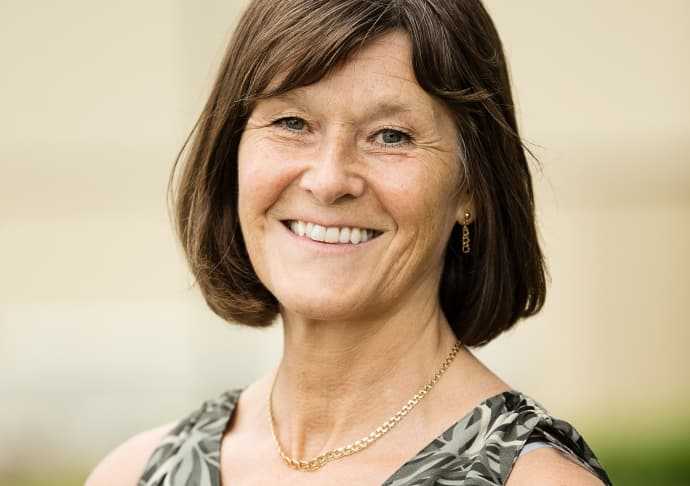Every day, Löfbergs’s roastery in Karlstad receives 140 metric tons of green coffee. And every day, about 10 million cups of coffee leave the roastery. The roasting has been a great sustainability challenge for a long time, and the company has actively been working to find an alternative to conventional LPG (liquid petroleum gas).
Löfbergs is now taking a huge step in the right direction. By blending in Bio LPG, Löfbergs will reach its goal of reducing its climate impact with at least 40 per cent by 2020.
– It is a milestone that shows how important it is to set specific goals for your sustainability work. When we set our goal, we did not really know how to achieve it, but it made us push ahead and that has borne fruit, says Eva Eriksson, Sustainability Director at Löfbergs.
A greener alternative
As members of the Haga Initiative, a network of companies, Löfbergs’s goal is to reduce its climate impact with at least 40 per cent by 2020 compared to the base year of 2005.
The business’s biggest climate impact comes from the LPG that is used during the coffee roasting.
A prerequisite to reach the climate goals has been to find a greener fuel alternative. The solution is to blend in Bio LPG from Kosan Gas, one of the Nordic countries’ leading suppliers of LPG.
– The Bio LPG is extracted from sustainable raw materials like vegetable oils and animal fats when producing biodiesel. By blending in 20 per cent Bio LPG, our carbon emissions during roasting will be reduced with 19 per cent, which leads to us reaching our overall goal, says Eva Eriksson.
Responsibility from bean to cup
A lot of Löfbergs’s sustainability work is made in the producing countries, where the sustainability challenges of coffee are the greatest. It is about providing small-scale coffee farmers the tools they need to meet climate change and improve their living conditions, but also about getting the next generation to see a future as coffee farmers.
The sustainability work at home is a matter of energy efficiencies, smarter transport, more renewable energy and climate-smart packaging.


















